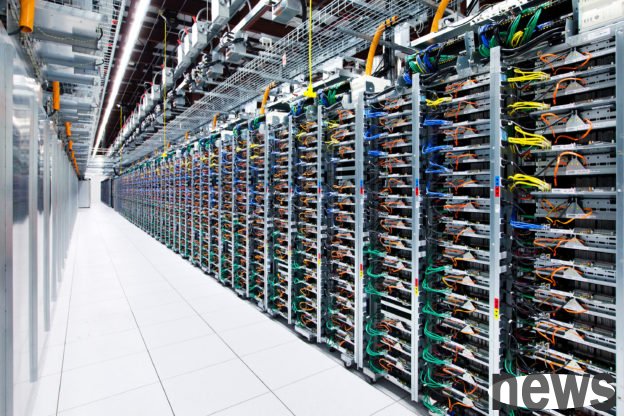
TrendForce’s latest AI server industry analysis shows that in 2026, due to continued solid demand from cloud service providers (CSPs) and sovereign clouds, increased demand for GPUs and ASICs, and the booming development of AI inference applications, global AI server shipments are estimated to increase by more than 20% annually, accounting for 17% of the overall server share.
Observing the performance of AI server shipments in 2025, TrendForce has slightly lowered its annual growth rate to about 24% due to the obstruction of NVIDIA H20 in the Chinese market and the delay in promoting GB300/B300 compared to the original plan. In terms of AI server output value, benefiting from Blackwell's new solutions and the higher-value integrated AI solutions of GB200/GB300 cabinets, there will be an annual growth rate of nearly 48% in 2025. In 2026, GPU suppliers actively launch full cabinet solutions, and CSPs expand investment in ASIC AI infrastructure. The output value of AI servers is expected to increase by more than 30% compared with 2025, with revenue accounting for 74% of the overall revenue.
Analyzing the competitive landscape of AI chip suppliers, NVIDIA will still occupy about 70% of the market in 2025. However, in 2026, due to the stronger strength of North American CSP and Chinese AI self-developed chips, the growth rate of ASIC procurement will be higher than that of GPU, causing NVIDIA's market share to decline.
HBM consumption will increase by more than 70% annually in 2026TrendForce stated that high-end AI chip memory is mainly equipped with HBM, and mid- and low-end products are equipped with graphics DRAM. GPU demand remains at a high level, and suppliers continue to introduce new products. The HBM capacity of individual chips has also significantly increased, boosting HBM demand. It is estimated based on AI chip shipments in 2025 that HBM demand will increase by 130% annually; HBM consumption will continue to increase in 2026, with an annual growth rate of 70%. The main driving forces include the penetration of B300, GB300, R100/R200, VR100/VR200, and Google TPU and AWS Trainium are actively pushing to the HBM3e generation.
As for HBM prices, in 2025, as NVIDIA/AMD chips will mainly be equipped with HBM3e generation products, ASICs will also have a trend of upgrading to HBM3e. Demand is relatively strong, and the unit sales price of HBM3e will increase by 5% to 10% annually. After Samsung completes the verification of HBM3e, there will be competition between the three major original manufacturers in 2026. The buyer has a greater bargaining advantage, and the contract price may be under pressure to reduce year-on-year.
HBM4 has gradually entered the sample delivery stage, and the subsequent progress remains to be seen, and the buyer is about to start stocking up. TrendForce estimates that the sales unit price in 2026 will be higher than HBM3e, and suppliers will have greater profit margins. If all three original manufacturers complete verification next year, the buyer and seller will not rule out negotiating prices again.